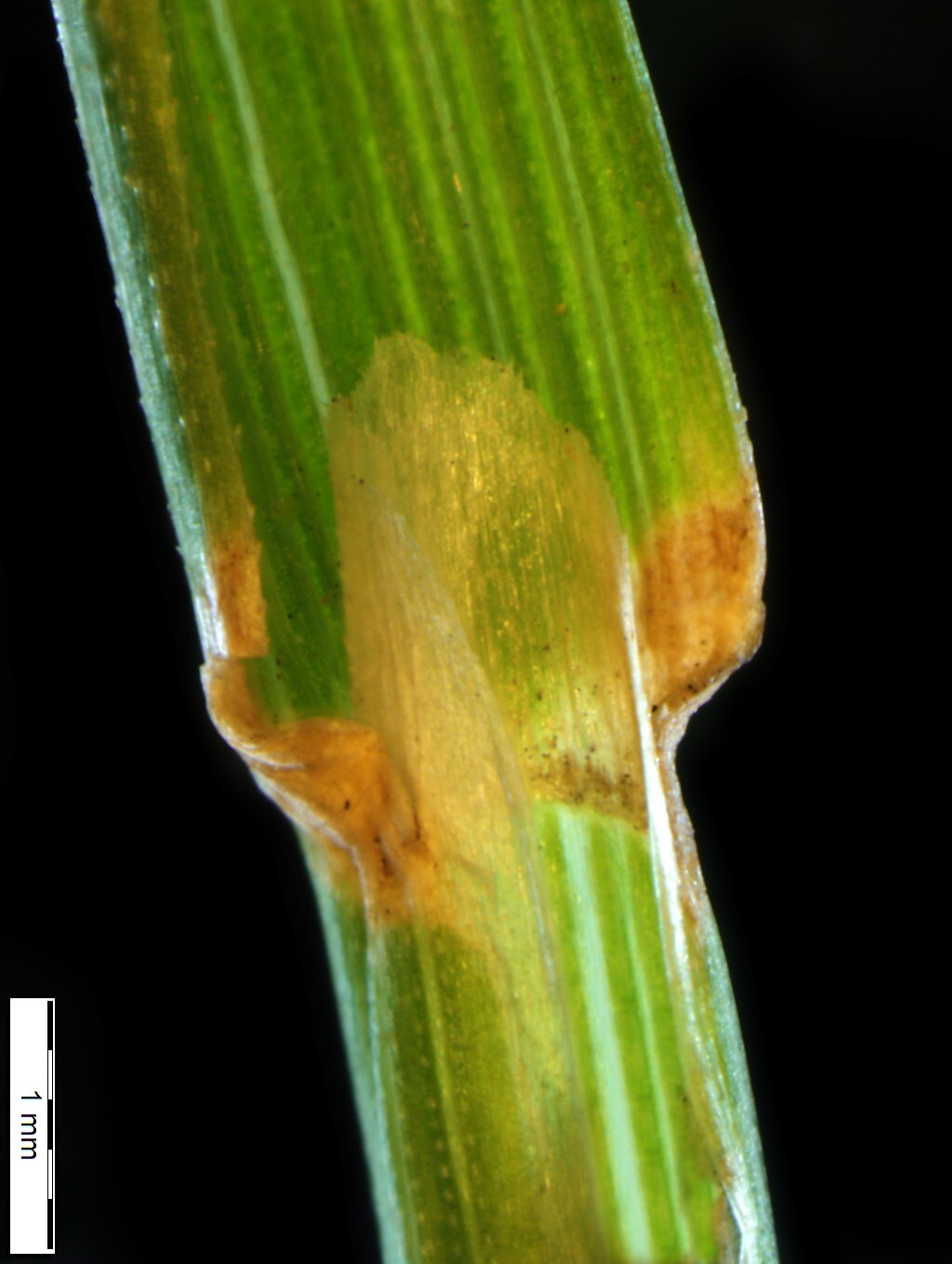
Greek agrostis – a kind of grass.
Delicate rhizomatous or stoloniferous annuals or perennials. Leaves mostly basal with membranous ligule; blade rolled in bud, rough, at least on the margins. Sheath margins free. Inflorescence a panicle of small spikelets, sometimes purplish, without a spathe. Spikelets small, flattened laterally, stalked, disarticulating above the glumes, with 1 bisexual floret. Glumes 2, narrow, more or less equal, keeled, lower glume 1-nerved, upper 1-3-nerved, awnless. Lemma usually shorter and thinner than the glumes, 3-5-nerved, awnless or dorsally awned. Palea shorter than lemma, 0-2 nerved, often absent.
Some species have been transferred to Lachnagrostis, a genus of about 20 species, which has a detaching inflorescence; it is sometimes grown as L. filiformis (Forst.) Trin. [Agrostis avenacea Gmelin] which is widespread on roadsides. Others are significant weed species A. canina, A. gigantea, A. castellana.
Seed and stolons.
Widely used in lawns, playing fields and grasslands. Some have very fine leaves and are used widely on bowling and putting greens. Some significant species include A. capillaris (available in lawn seed) and A. stolonifera.
Ligule mebranous; inflorescence a panicle; spikelet 1-flowered and with a dorsal awn, disarticulating above the persistent glumes; palea mostly shorter than thin shiny lemma or absent.
200-220 species mostly cool to cold northern hemisphere, but extending to tropical regions. Australia has 15 native species.
Bjorkman (1960), Jacobs (2001), Aldous and Chivers (2002).
Source: (2005). Poaceae. In: . Horticultural Flora of South-eastern Australia. Volume 5. Flowering plants. Monocotyledons. The identification of garden and cultivated plants. University of New South Wales Press.
